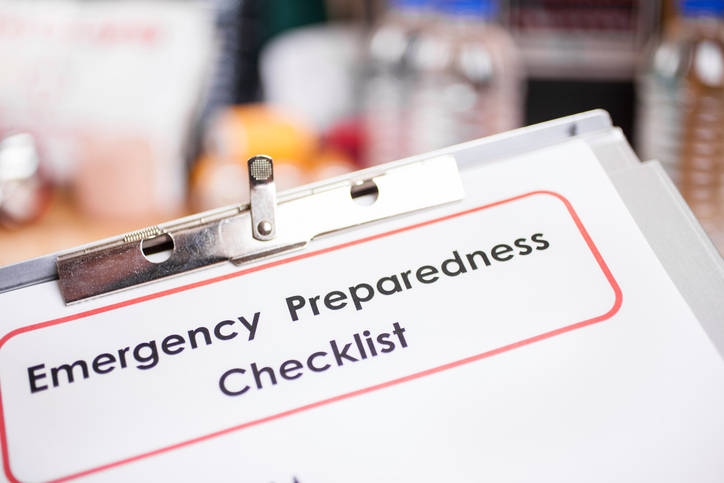Hurricane Florence is set to make landfall on the Eastern seaboard of the United States this weekend, potentially causing heavy damage throughout the Carolinas and Virginia. As we did last year on multiple occasions, it’s a good time to revisit safety measures in production facilities when dealing with a hurricane.
Ahead of the Storm
We’re certain that companies have been doing whatever they can to secure and prep their facilities since Florence formed out in the Atlantic Ocean. Ahead of any large scale storm, there are several steps a factory can take to be safe and prepared.
- Run equipment and supply checks daily to make sure machinery is properly shut down after working hours and hazardous chemicals are safely stowed away without risk of leaking
- Make time to schedule extra maintenance of machinery to try and spot machinery that’s more prone to failure
- Replace parts if possible
- Double check your insurance coverage for flood and storm damage, and be sure to have contact information for all local, state and federal organizations on hand
- Reinforce windows and doors
- Check emergency backup power sources for proper functionality
- Store loose items high up on shelves to prevent flood water from carrying materials away
- Protect and properly store all business records and financial information
- Review emergency response materials with your workers so everyone is aware of what to do when what will happen after the storm
After the Storm
After a hurricane has passed through, the main concern is worker safety during cleanup. Materials can be salvaged or replaced and facilities can be repaired, so be sure to put your workers’ safety first and foremost when reopening your manufacturing facility after a storm. There are several things to keep in mind when starting cleanup.
- Ventilate all work spaces before entering in case any chemicals spilled during the storm
- If there is standing water indoors, assume that it’s contaminated and leave it for a properly trained cleanup crew to drain out
- Assume any downed power lines around your factory are live
- Inspect electrical components for signs of corrosion from flood water
- Examine, clean and air dry all electrical connections
- Schedule extra maintenance of all machinery to prevent future water damage that might not be noticed immediately after the storm
Your company handbooks are excellent resources to make sure you’re following protocol before and after a hurricane, as are the official resources provided by OSHA for hurricane preparedness. A manufacturing facility is already a space that operates under strict efficiencies and policies. By taking the extra precaution around a natural disaster, your team will be well-suited to prevent unnecessary damage to equipment or harm to employees. The Global Electronic Services team is comprised of professionals who are familiar with water damage to machinery. If you have any questions, please give us a call.
